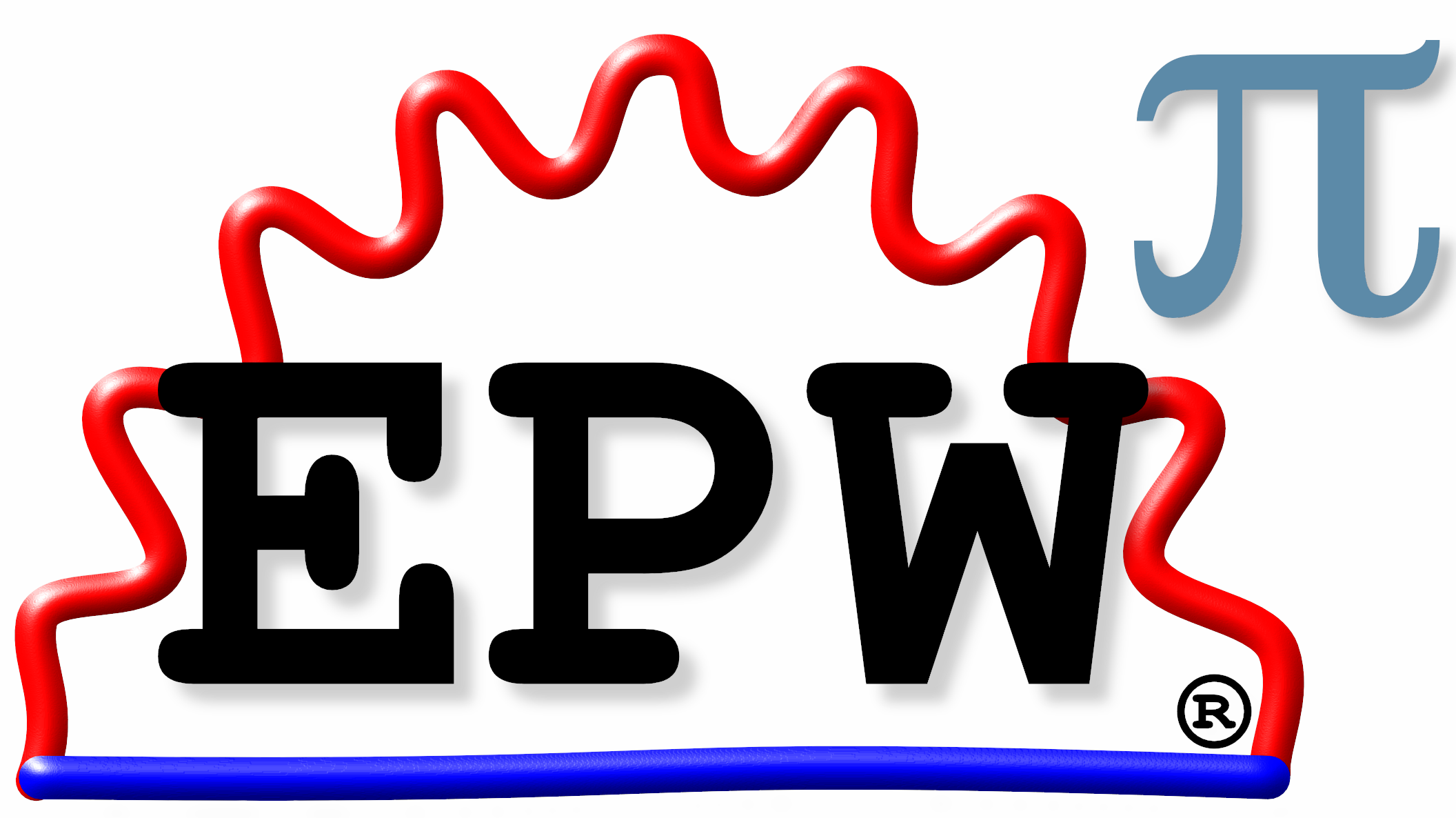About#
EPWpy is an open-source python code which wraps EPW code for automated calculations. EPWpy provides python objects with methods that can be used to automate DFT+EPW calculations using Quantum Espresso and EPW.EPWpy also provides a series of visualization utilities for plotting various quantities. EPW is a F90/MPI code which calculates properties related to the electron-phonon interaction using Density-Functional Perturbation Theory and Maximally Localized Wannier Functions. The name is derived from the words "Electron-phonon Wannier" which refer to the Wannier-Fourier interpolation method employed by the code. The development of EPWpy is led by Sabyasachi Tiwari, Feliciano Giustino, and the EPW, EPWpy-collaboration.
The most recent reference technical manuscript is:
The EPWpy code is written by Sabyasachi Tiwari (EPWpy v1.0) while in the Giustino group at the University of Texas at Austin.
As of Dec 2025, the EPWpy Collaboration includes: Sabyasachi Tiwari, Bruno Cucco, Kyle Yu, Adam Denchfield, Tae Yun Kim, Viet-Anh Ha, Jon Lafuente-Bartolomé, Shashi Mishra, Marios Zacharias, Wooil Yang, Sungyeb Jung, Kaifa Luo, Eugene Park, Samuel Poncé, Emmanouil Kioupakis, Roxana Margine, and Feliciano Giustino.
EPWpy is developed under git within the EPW GitLab portal.
Computing electron-phonon properties with EPWpy#
Currently EPWpy supports all functionalities which EPW can compute. EPW can be used to compute:
The total electron-phonon coupling strenght
The anisotropic Eliashberg spectral function
The transport spectral function
The anisotropic superconducting gap within the Eliashberg theory
The electron and phonon self-energies arising from the electron-phonon interaction
The phonon linewidths and lifetimes arising from the electron-phonon interaction
The electron linewidths and lifetimes arising from the electron-phonon interaction
The temperature-dependence of the carrier lifetimes
The spectral functions needed for the calculation of ARPES spectra
The temperature-dependent electron and hole mobility within the Boltzmann transport formalism
Magnetortransport coefficients such as the Hall mobility
Small and large polarons
Indirect phonon-assisted optical absorption
Temperature-dependent properties using the special displacement method
Direct plus indirect phonon-assisted absorption within quasidegenerate perturbation theory
Current interfaces in EPWpy#
Currently, EPWpy interfaces EPW with Quantum Espresso and BerkeleyGW. EPWpy also interfaces with Wannier90. The methods for BerkeleyGW implemented in EPWpy are the following:
epsilon
sigma
sigma2wan
kernel
absorption
